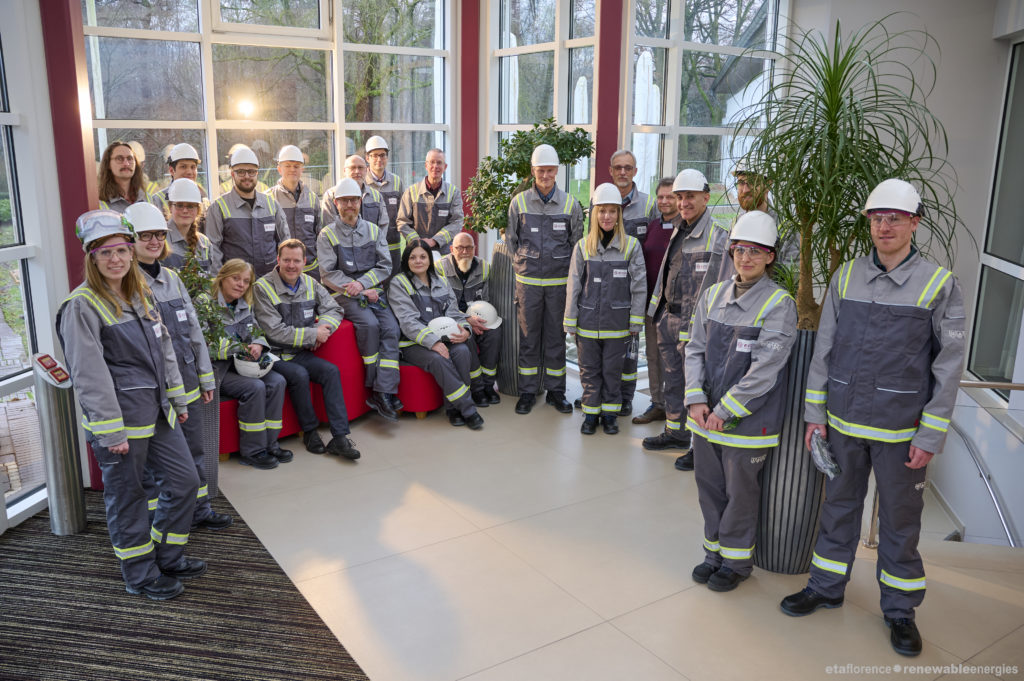Greening the chemical industry with electricity through the new European project ELOXYCHEM
Using electrochemical technology, a new EU-funded project seeks to reduce energy consumption and cut CO2 emissions in the European chemical industry.
The chemical industry relies on green investments to keep up with EU climate goals and to strengthen competitiveness. Today’s thermochemical production processes often use fossil raw materials and additionally require large amounts of energy from fossil energy carriers. Electrification of processes and integration of renewable energy generated in Europe, can reduce energy consumption and CO₂ emissions in the industry significantly. Novel, modern processes that replace conventional technologies also have the potential to reduce waste streams.
An EU-funded project recently started with the aim of addressing such electrification in the chemical industry. The project is coordinated by SINTEF, which will lead the process design and scale-up of the technologies. The consortium includes experts in the electrochemical field, such as the Max Planck lnstitute for Chemical Energy Conversions and ESy-Labs, and leading manufacturers of specialty chemicals and resins, such as Evonik and Megara Resins.
“We are proud to be the coordinators of a project that will be an important part of the twin transition. Together with highly competent and motivated research and industry partners, we will work to ensure a rapid industrial realization of the results of the project“, says Senior Business Developer at SINTEF, Bernd Wittgens.
The project’s kick-off meeting took place on February 8/9, 2024, at the production site of Evonik’s manufacturing facility in Marl (Germany).
New ways to produce carboxylic acids
In the focus of the project are new, sustainable ways of producing various carboxylic acids. Such compounds are important raw materials for products such as paints, polymers, catalysts, fine chemicals, agrochemicals, fragrances and dyes.
Novel technologies have the potential to produce known or even new, exciting building blocks for the chemical industry much more sustainably by reducing GHG emissions, energy consumption, and chemical waste. Preliminary calculations revealed that the ELOXYCHEM technology has the potential to reduce both energy consumption and carbon footprint by up to 60% for the production of carboxylic acids.
A credible path for Europe’s twin transition
The new electrochemical process will be demonstrated in a pilot plant that will operate in an industrial setting, with a production rate of multiple tonnes per year and will provide sufficient know-how to plan a further scale-up to industrial scale plant. The materials produced in the pilot plant will be tested and validated in existing consumer products. Furthermore, full digitalization of the process will be achieved, which will enable optimized monitoring and control of the pilot plant. Al-based technology and “digital twinning” of the plant will play a key role here.
About the ELOXYCHEM project
ELOXYCHEM is an abbreviation for “ELectrochemical Oxidation of cYclic and biogenic substrates far high efficiency production of organic CHEMicals” and it is funded through the Horizon Europe call “Energy efficiency breakthroughs in the process industries (HORIZON-CL4-2023-TWINTRANSITION-01-31 )”. The project has a budget of EUR 10 million and will run for 4.5 years.
The project is coordinated by SINTEF and the consortium consists of several European partners: Max Planck lnstitute for Chemical Energy Conversions (Germany), Evonik Operations GmbH (Germany), ldener (Spain), ETA (ltaly), Z Prime (Germany), lmperial College London (UK), Megara Resin lndustry (Greece), ESy-Labs GmbH (Germany), lconiq lnnovation Ltd (UK).

